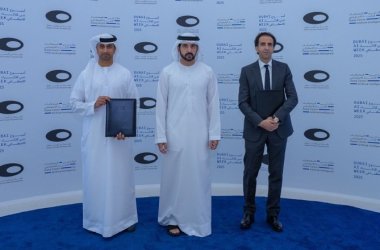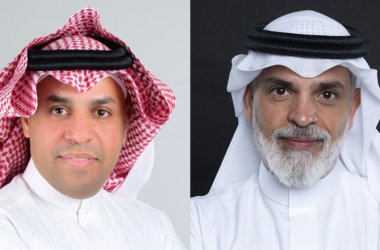 Microsoft researchers have designed a scheme for measuring whether licensed radio frequencies are actually being used so unlicensed devices can use it, something that may become necessary as demand for wireless applications grows.
Microsoft researchers have designed a scheme for measuring whether licensed radio frequencies are actually being used so unlicensed devices can use it, something that may become necessary as demand for wireless applications grows.
The architecture, called SpecNet, would sense and map where spectrum is being used and more particularly where it’s not -so-called white spaces, according to a paper being presented next week at the USENIX Symposium on Networked Systems Design and Implementation in Cambridge, Mass.
The problem faced by potential users of wireless devices is that much of the radio spectrum is licensed, which gives the license holders all rights to bands of spectrum whether they use it all or not. This potentially inefficient use of a limited resource could be improved if areas where license holders aren’t using their frequencies can be detected and used on the fly by others who need to send and receive wireless traffic.
“Opportunistic spectrum access (OSA) is now increasingly seen as a necessity to meet the growing demands of wireless applications,” the researchers say in the paper, “SpecNet: Spectrum Sensing Sans Frontières.”
This available spectrum would be detected by a network of spectrum analysers driven by local servers that are overseen by a master server which would push analysis tasks to the local servers, according to the research team.
So if an entity needed bandwidth in a given area, it could query SpecNet and find out what frequencies are available, says the team led by Microsoft researcher Anand Padmanabha Iyer. The network could measure available spectrum remotely and estimate the area covered by the primary transmitter of individual frequencies in particular areas.
One major hurdle to clear: the cost of the analysers, which go for $10,000 to $40,000 each. The researchers suggest that the network be set up by volunteers who have spectrum analysers to commit to SpecNet for assigned time periods. Each analyzer would be connected to a server that would issue commands to it via XML remote procedure calls over HTTP, making it possible to reach the machines over the Internet using whatever language they choose, they say. These servers would be networked to a command server that would oversee data collection over the network.
While use of white spaces has been approved in the U.S. by the FCC, no other country has given the OK to OSA. And studies of spectrum use have only been conducted in a handful of developed nations. SpecNet, with its use of equipment that is lent to the project, could broaden the studies and push other countries to approve OSA, the researchers say.
In the paper, the researchers work out the details of making the spectrum scans as quick as possible and sharing data collection among spectrum analysers to keep the burdens on individual analysers as light as possible.
In addition to discovering where white-space frequencies are available, the network could be used by enforcement agencies to pinpoint where individual transmitters are located so they can shut down individuals trying to use OSA illegally.
Success of SpecNet will rely on the good will and motivation of participants who would have to commit their equipment to the project. Participation might also require moving the location of the antennas for the spectrum analysers, which are typically located in research facilities, often below ground level where signals are weaker, the researchers say.





